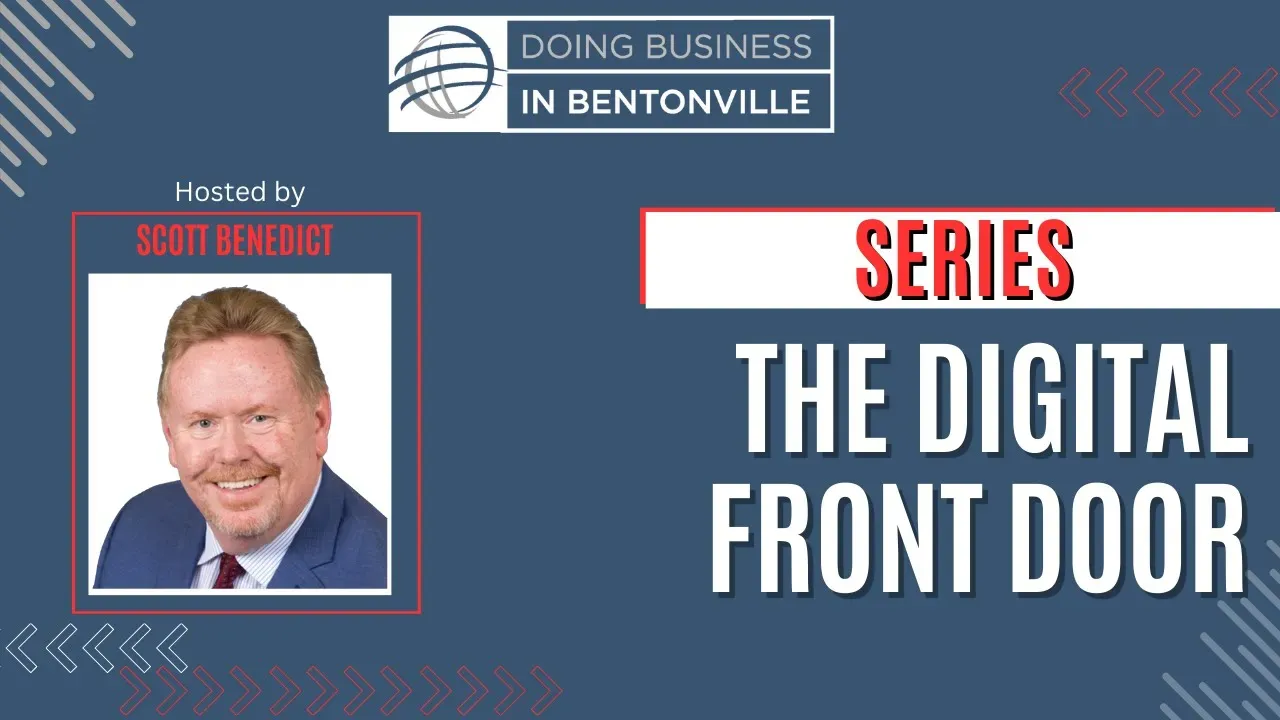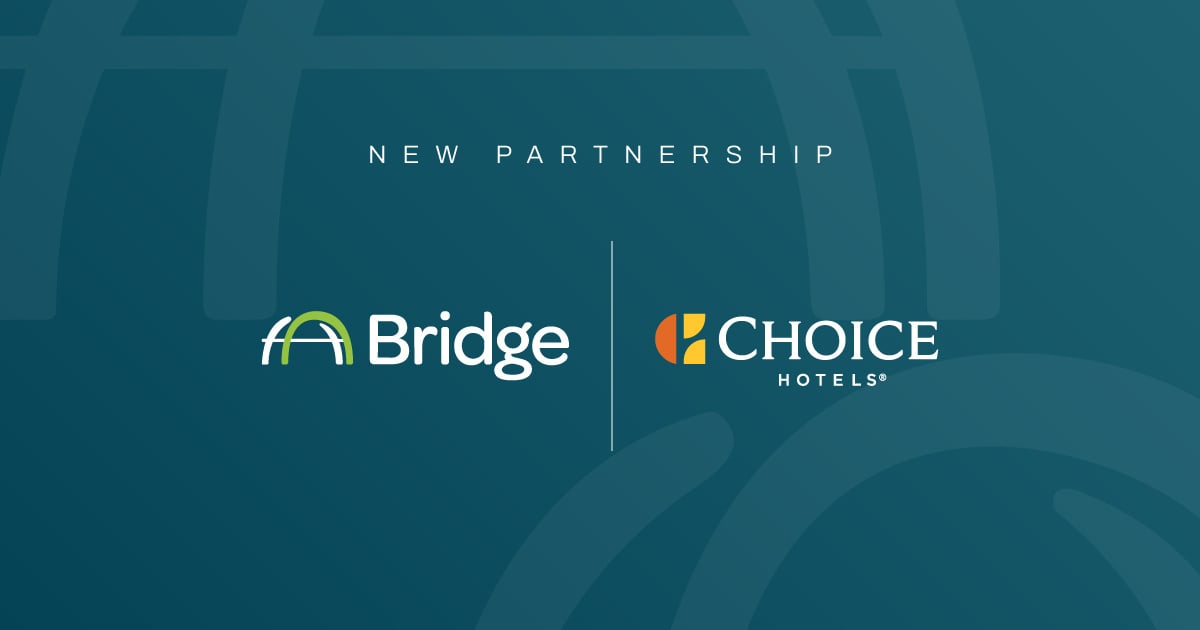Need to inject some capital into your business? You have a couple of choices. You can borrow money from a lender (known as debt financing) or look for investors (known as equity financing).
The key difference is what happens afterward. With debt financing, you’ll pay the loan back over a given period, while with equity financing, you’ll be giving away a portion of your income and possibly some control of your company to an investor.
It’s a big decision that will have a long-term impact on your business strategy, so you need to carefully weigh up the pros and cons of each option. In this guide, we’ll help you do just that, so you can make the decision that’s right for your business.
- What is the difference between debt financing and equity financing?
- What is debt financing?
- What is equity financing?
- Mezzanine financing — a hybrid of debt and equity financing
- FAQs
What is the difference between debt financing and equity financing?
In any financing agreement, your finance partner provides the capital you need for the next stage of your growth plan. Debt and equity financing differ in how you pay for that capital injection.
- Debt financing: You agree to repay the principal sum in full, plus interest. Your assets will likely be required as collateral, which means the lender can take possession of those assets if you fail to repay the loan.
- Equity financing: You, as the business owner, sell a stake in your company’s equity to an investor. You don't have to make repayments, but equity investors may be entitled to a share of all future profits. Investors may also take one or more seats on your board, giving them a role (and a vote) in shaping your business decisions and strategy.
When you're considering the pros and cons of debt vs equity financing, it's important to begin by thinking about your long-term business goals and how each type of financing might impact your ability to execute those goals.
What is debt financing?
Debt financing is any kind of borrowing for business purposes. This includes revolving lines of credit, short-term financing and long-term loans.
Common types of debt financing
A core component of the financial industry, business lending encompasses a diverse range of products, including:
- Term loans: A loan you repay in installments with interest over a fixed period
- Asset-backed loans: Loans that are secured against a tangible asset, such as buildings or equipment
- Commercial line of credit: Flexible access to capital that you can withdraw or repay according to your current needs
- SBA loans: Bank loans where the federal Small Business Administration acts as the guarantor
- Letters of credit: A type of debt financing which involves a third party (usually a bank) guaranteeing payment to a seller on behalf of a buyer. The seller is assured that they will receive payment even if the buyer defaults on their payments.
- Factoring loans: Selling your open invoices at a discount to a factoring company to improve your cash flow
With over 4,200 commercial banks in the United States offering debt financing options, choosing a loan product that supports your business strategy can be challenging and time-intensive. You can streamline the journey by working with Bridge, which uses data and technology together with an experienced team to help you find the right loan product and financial partner to fit your needs.
Pros of debt financing
Debt financing can help your company grow sustainably. Advantages of debt financing include:
- You maintain full control and ownership of your company
- Clear repayment terms
- Lenders compete to offer the best deals
- Government support through federal program s such as SBA and USDA
- No obligations to the lender other than to the obligation to make loan payments
Cons of debt financing
However, debt financing may not always be the right choice. Some of the disadvantages of borrowing include the following:
- Borrowing is limited to credit capacity determined by lenders
- Principal sum has to be repaid in full
- Loan payments eat at your cash flow
- You may lose assets if you default
- Interest rates fluctuate over time
What is equity financing?
Equity financing is when you offer a share of your business in exchange for capital investment. This can mean finding an investor to act as your partner by issuing shares publicly or privately.
Common types of equity financing
Business owners have a great deal of freedom regarding equity financing. Popular options include:
- Partnership: A private agreement with another person or business in which they provide capital in exchange for a role in your company. Venture capital funds (VCs) tend to invest in early-stage companies, while private equity firms (PEs) typically invest in more established companies that are looking to expand or restructure.
- Share issue: Shareholders receive a stake in the company which, depending on the share class, may offer benefits such as dividends and voting rights
- Equity crowdfunding: The practice of raising money for a business or venture by selling ownership stakes to a large number of investors through an online platform. Equity crowdfunding allows businesses to raise capital by selling small amounts of equity to many individual investors.
Pros of equity financing
Equity financing can be an excellent strategic move in the right circumstances. Some advantages include:
- Potential access to larger sums of investment capital, not constrained by credit profile and allowing for rapid growth
- No loan repayments or interest rates
- Active partners can offer business expertise
Cons of equity financing
Equity financing is not always the right move. You'll need to consider potential downsides such as:
- Dilution of ownership and control for the existing shareholders in the company
- Additional expenses involved, such as legal fees and compliance
- Open-ended agreement with investors, which could cost more than repaying a loan
- Corporate investors may challenge your business strategy
Mezzanine financing — a hybrid of debt and equity financing
Mezzanine financing is typically structured as a hybrid of debt and equity and is considered to be “in the middle” of the capital structure, hence the name.
Mezzanine financing is called a junior loan because it is typically subordinate to other forms of financing. This means that in the event of a default, the holders of mezzanine loans can only claim their share of the company’s assets after the senior lenders have been repaid. Because of this lower priority, mezzanine loans are generally considered more risky than other forms of financing, and as a result, tend to carry higher interest rates.
Pros and cons of mezzanine financing
This type of lending can be ideal for moments in your growth where you need capital but would rather not part with equity. Advantages of mezzanine lending include:
● No additional collateral required
● Retain equity if you pay the loan in full
● Credit based on credit capacity as determined by the mezzanine lenders
Of course, there are some drawbacks:
● Higher interest rates than bank loans and other debt instruments
● Lenders may impose conditions on your business strategy
● If you default, you may forfeit equity in your business
With mezzanine financing, finding a partner you trust and who shares your strategic vision is essential. If you can find the right partner, then this can be an attractive financing option.
FAQs
Is debt financing or equity financing riskier?
When considering the various pros and cons of debt vs equity financing, you see that both options involve an element of risk.
- Risk of debt financing: You could lose vital assets if you default
- Risk of equity financing: Investors can dilute your control of the business
Your finance partners also face risks. For example, in the event of bankruptcy, outstanding debts are settled before any remaining assets are distributed to investors, which is one reason why debt is typically cheaper and easier to obtain than equity financing.
You can minimize risk to your company by:
- Getting advice from a professional business consultant
- Seeking a reliable financing partner
- Making financial decisions based on the long-term growth strategy of the business
What is the difference between debt and equity financing?
The main difference between debt and equity financing lies in your relationship with the capital provider. In debt financing, you agree to repay the capital investment in full with interest. In equity financing, the investor owns a part of your business in perpetuity, unless they sell or allow you to buy back their equity.
What is the cheapest source of financing?
Equity financing can be expensive to arrange. If you're planning a share issue, you'll face a host of compliance obligations that can drain your resources. If you're partnering with an investor, you'll need support from lawyers and financial advisers to help you strike the best possible deal.
Debt financing rarely has any upfront costs. You might employ business analysts and financial experts to develop your strategy, but the process itself is typically more cost efficient than equity financing.
The biggest challenge with debt financing is finding the right loan lending partner. There are thousands of lenders, each offering a suite of business financing products . Working with a partner like Bridge can help. Bridge's digital platform can match you to the perfect lender in minutes. Just as importantly, our experts will guide you through every step of the process, so that you can compare offers and choose with confidence.
What are the most common sources of financing?
Debt financing is a very common source of capital — around eight million American small businesses had active loans in 2020. Thousands of providers offer this kind of financing, including commercial banks, credit unions, savings institutions and alternative lenders. Equity financing is also common, although it can take longer to find investors or issue shares.
Why is debt financing cheaper than equity financing?
Monthly payments on a loan can sometimes seem expensive, but you have to consider how repayments work in both types of financing.
- Cost of debt financing: Fixed repayment amount equal to the original loan amount plus interest
- Cost of equity financing: The cost of future profits given up in equity may exceed the interest/fees for an equivalent bank loan.
The total cost of equity financing varies depending on your business's performance. The greater your revenue and profits, the more you share with investors on a pro rata basis. Equally, the more successful your business becomes, the more leverage you have with investors, resulting in cheaper equity costs. With debt financing, your financial obligation is over the moment you clear your loan.
How Bridge can help
Ultimately, debt and equity financing each present unique opportunities and challenges, and which one is right for you depends on your specific financial goals and business strategy. Before taking the plunge, it pays to do your research, consider the pros and cons and get professional advice.
Of course, you've also got a business to run, and time won't stand still while you weigh up financing options. Bridge is designed to help busy people make informed decisions to ensure their company's long-term success. Start your request today, or get in touch if you have any questions about our services.



